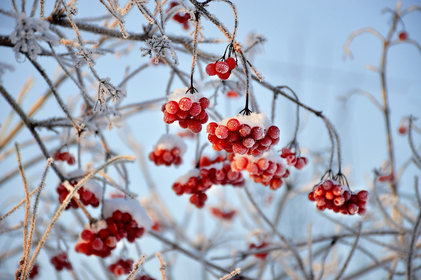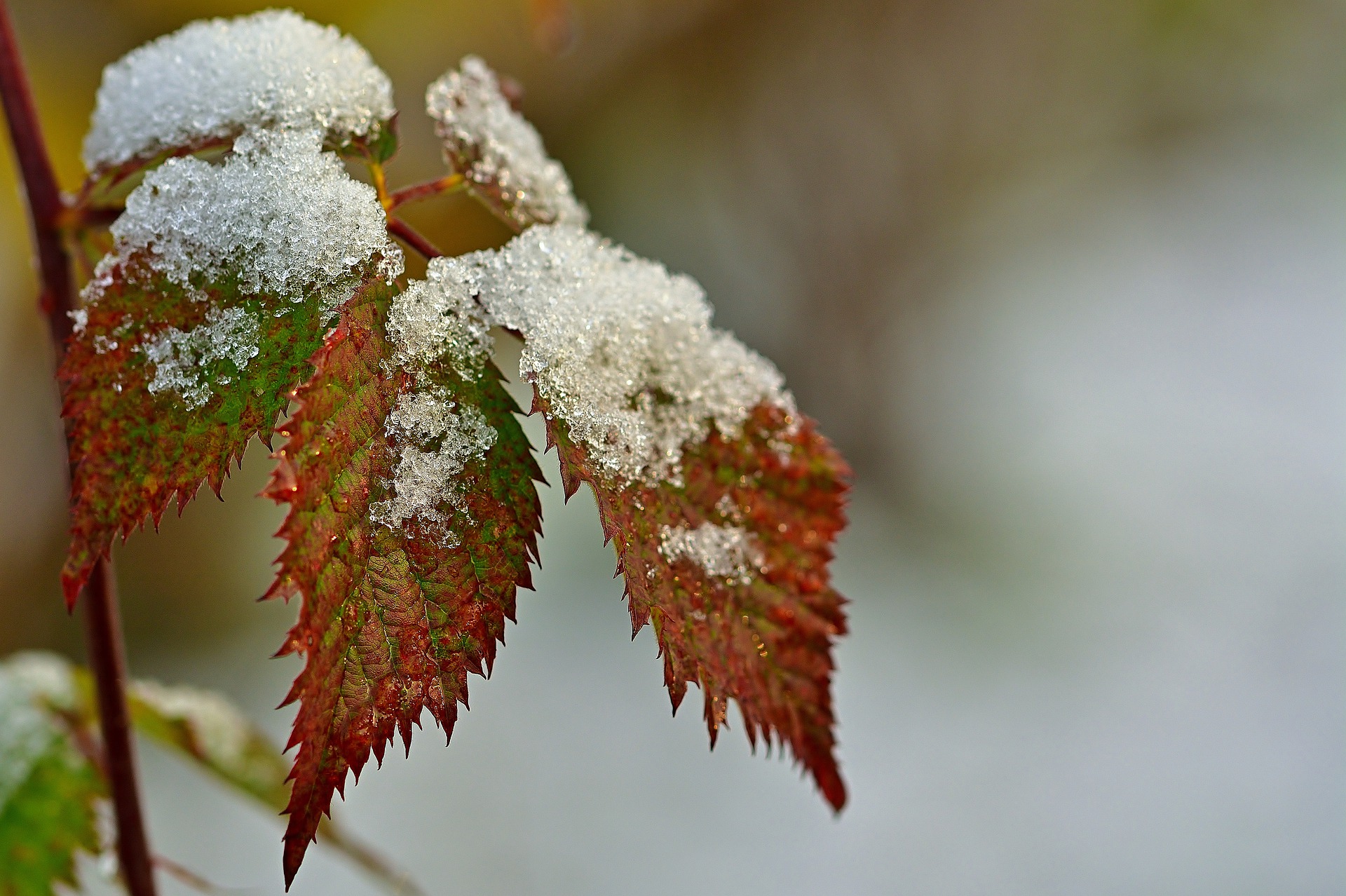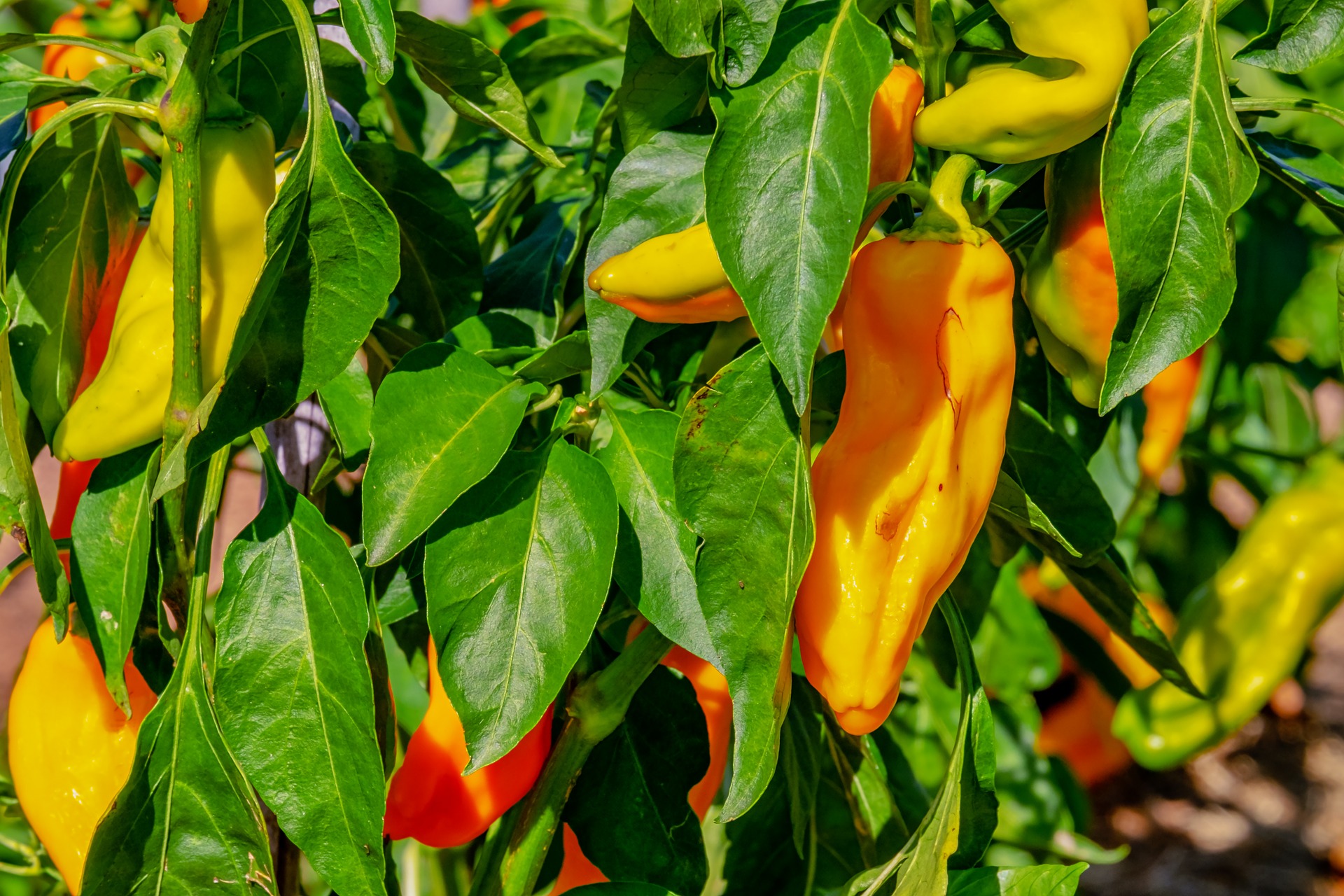
Garden/Bed creation
The ice saints: Farmer's rule or myth?

January. The Christmas and New Year's Eve celebrations have come to an end and everything is getting ready for the new year. So is nature. It may still seem to be in deep hibernation, but appearances are deceptive. The days are getting longer again and spring is fast approaching. For us gardening enthusiasts, it's now time to start planning for the new year and work through the remaining legacy of the past year.
Everyone knows this: in winter, people are usually reluctant to spend long periods of time outside, which means that work is often left undone, especially in the garden. That's not a bad thing at all. If you want to do something productive in January, you can finish off all the things you didn't get to in December. Whether it's tidying up your garden shed, cleaning your garden tools or planning the next season. Otherwise, you may fall behind schedule and not be properly prepared when the gardening year really gets going again in March. If you have already completed the tasks mentioned, there is little for you to do right now and you can rest on the laurels of your work. However, if that's too boring for you and you want to be productive in January too, we have a few suggestions for you here.

Wait a minute: sowing in January doesn't make any sense at all, does it? Yes it does, with winter sowing. This refers to sowing plants whose seeds can tolerate the cold and which are sown during the cold winter months and not in the spring when it gets warmer. The seeds lie in the cold soil and wait to germinate. They can decide the right time for this much better than we can. Suitable crops for winter sowing are all types of cabbage and lettuce, chard, spinach, carrots, radishes, parsley, dill and many summer flowers such as sunflowers, cosmeas, mallows and zinnias. You can find out exactly how to do this in our article on winter sowing.
If you planted winter vegetables in the fall, you can enjoy them now: spinach, lamb's lettuce, chard, parsnips, leeks and Jerusalem artichokes are now ready to be harvested. You should only harvest Jerusalem artichokes and parsnips as long as the ground is not frozen. Of course, all plants that are not yet ready for harvest must still be protected from frost. You can use spruce branches or breathable fleece, for example. You can also find everything you need to know about growing winter vegetables here.
It may seem a little premature to many, but you can start growing your first plants for the summer as early as January. Peppers, chili peppers and eggplants, for example, are well suited for this. Due to their relatively slow juvenile growth and the increasingly warmer spring, it makes perfect sense to germinate the first seeds indoors at the end of January. However, you should wait with most crops, as otherwise they will only grow unstably. If you start sowing your first seeds now, you should definitely get a plant lamp, otherwise your plants will not get enough light and will go to seed. You can read everything you need to know about plant lamps for growing here, so that you are sure to buy the right lamp.
Note: Very early propagation is definitely not a must! It's perfectly fine if you wait until the end of February or beginning of March to start your first bell pepper plants.

The general rule is that heat-loving species such as peppers, tomatoes, eggplants, etc. should not be planted outdoors in our latitudes until after the"ice saints" in mid-May. The ice saints can bring the last late frosts of spring and thus damage frost-sensitive plants. If you stick to this rule, it makes little sense to start pre-cultivation in January. Otherwise, your bell pepper plants would spend the period from January to mid-May in pots and "stand around" in your house for quite a long time.
However, frosts from the beginning of April have become a rarity in many parts of Germany. So if you live in a fairly mild area, you can try growing them earlier. The young plants will then have a head start, so you can start harvesting earlier. If late frosts are forecast in May, you can protect your plants with a fleece.
In spring, summer temperatures are now often above 20 degrees. The warmer spring also shifts the possible cultivation period for plants. Mediterranean plant species such as tomatoes, zucchinis and peppers can be planted out in good locations as early as April. In this case, pre-cultivation from the end of January is not so far-fetched. Of course, there is always a small residual risk. Find out about the weather before the Ice Saints and protect your plants if necessary. You can find out more about the ice saints and the question of whether they are a farmer's rule or a myth here.

You can also leave parsley and winter purslane in the garden over the winter. Cover them with spruce branches in good time and you will be able to harvest from them for a long time to come. Chives also cope well with winter conditions. However, they spend the winter in a dormant phase, also known as dormancy. To awaken from its dormancy, chives need a certain cold stimulus. Therefore, dig up a ball of chives and leave it on the bed for the time being. After the first frost, you can pot up the root ball and take it indoors to sprout. Choose a place for it that is not too warm. The chives will soon sprout new, aromatic green shoots.

That's it for the gardening work in January. Winter will soon be over and another exciting gardening year full of new discoveries and experiences awaits us. Until then, be patient!
To never miss an article again, follow us on Instagram and Facebook or sign up directly for our newsletter. For questions and suggestions, write to us at [email protected].
Want to get helpful gardening tips all year round and plan your own beds in the best possible way? Then register here or download the Fryd app for Android or iOS.
Fryd - Your digital bed planner

Eric is 23 years old and has been studying agricultural sciences at the University of Hohenheim since 2015. Together with a friend, he has been cultivating an allotment garden in Stuttgart since 2017.
Learn more
#Peppers, #chillies, #cucumbers, #zucchinis and the first #pumpkin are planted in #raised beds and #zinc tubs. As a precaution, I've put #protective #fleece or larger pots over them tonight in case it does get fresh.

Is it still possible to remove low-lying branches from a bush apple tree? One of the 3 apple trees is almost lying on the ground or should I do this in the fall?

Liked 7 times
#Raised bed I planted everything out today. Unfortunately, I had to buy a lot of things because my peppers didn't grow at all and I started the tomatoes far too late. Bush and runner beans are already in the ground and will hopefully germinate. My zucchinis are still in the courtyard and will eventually go into the garden. I also have strawberries, two bell pepper plants and a Moroccan mint in tubs right next to the house 🥰 ❗️ I still have an oblong flower box free, do you have any ideas about what I can plant in it?
Show 1 answerYes, there are certain plants that have hardy seeds and can be sown as early as January, including some cabbage and lettuce varieties and certain summer flowers.
Which vegetables can you harvest in January?
Winter vegetables such as spinach, lamb's lettuce, chard, parsnips and leeks can be harvested in January as long as the ground is not frozen.
Is it possible to pre-grow plants for the summer in January?
Yes, particularly heat-loving plants such as peppers, chilies and eggplants can be brought forward at the end of January to give them a head start on growth.
How do you look after a herb garden in winter?
Some herbs such as parsley and winter purslane can be harvested in winter if they are protected from the cold. Chives should be potted up after the first frost and stored in a cool place to sprout later.